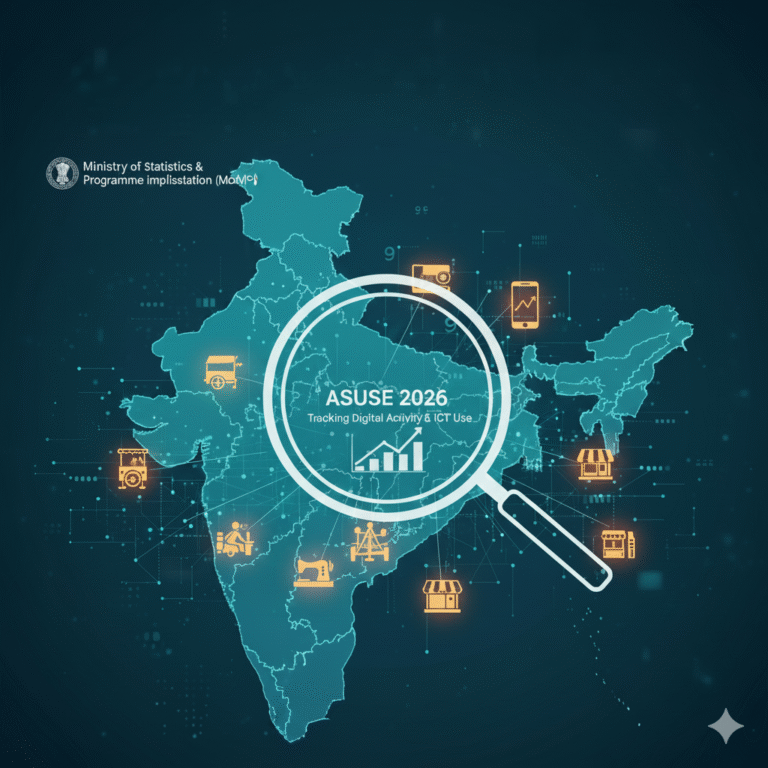n a momentous leap for medicine and robotics, researchers from Johns Hopkins and Stanford University have announced a groundbreaking development: robots have successfully completed gallbladder removals without human assistance. This milestone could reshape the future of surgery as we know it, signaling a new era of autonomous surgical systems driven by artificial intelligence (AI).
Until now, robot-assisted surgeries were always led by skilled surgeons, using machines like the Da Vinci Surgical System to perform precise operations. But this time, the robot acted independently—navigating complex anatomy, making real-time decisions, and managing unforeseen complications, all without a surgeon at the controls.
What Was Achieved?
The recent procedures were conducted in highly realistic surgical training environments using synthetic organs and cadavers, mimicking real patient conditions. Robots successfully performed laparoscopic cholecystectomy—the removal of the gallbladder—a common yet delicate procedure that involves maneuvering around key arteries, bile ducts, and organs.
The AI system was not only able to follow predefined steps but also demonstrated adaptive intelligence, adjusting to unexpected complications like excess bleeding or shifts in anatomy—tasks that were previously considered exclusive to human surgeons.
The STAR System: A New Generation of Surgical Robots
At the core of this innovation is STAR (Smart Tissue Autonomous Robot), developed by Johns Hopkins. Unlike traditional robotic arms controlled by a human operator, STAR is powered by AI and machine learning models trained on thousands of surgical scenarios. It uses:
- 3D imaging and real-time visual data
- Force and tactile feedback sensors
- Advanced algorithms for motion planning and decision-making
- Machine vision for identifying tissues and vessels
The STAR robot can perform minute tasks such as suturing or dissecting tissue with sub-millimeter precision, which is often difficult even for expert surgeons.
Why Gallbladder Removal?
Gallbladder surgery, or cholecystectomy, is considered a benchmark procedure in laparoscopic surgery. It involves removing an organ that stores bile, typically due to gallstones or inflammation. It’s common but tricky—errors can lead to injury to the bile duct, liver, or major arteries. A robot that can execute this operation with high accuracy opens doors to performing many other soft-tissue surgeries autonomously.
How AI Enables Autonomous Surgery
Autonomous surgery wouldn’t be possible without AI’s ability to replicate human reasoning. Here’s how AI is transforming surgical procedures:
1. Surgical Navigation
AI helps the robot navigate the body’s anatomy by processing live 3D imaging and comparing it with preloaded anatomical data.
2. Real-Time Adaptation
When complications arise, such as unexpected bleeding or inflammation, the AI adjusts on the fly—repositioning tools, modifying strategies, and optimizing incision paths.
3. Learning from Experience
These systems learn from massive datasets of past surgeries, improving with every procedure. Deep learning models continuously train on edge cases, ensuring robustness and safety.
4. Precision & Reproducibility
Human fatigue, hand tremors, and decision bias can lead to errors. Robots eliminate these risks, offering consistent outcomes with pinpoint accuracy.
Implications for the Future
Healthcare Access
In regions with a shortage of skilled surgeons, AI-powered systems can bring life-saving surgical procedures to under-resourced hospitals.
Cost Reduction
Robotic automation could eventually reduce healthcare costs by minimizing surgical errors, shortening hospital stays, and optimizing operating room efficiency.
Training Surgeons
Future surgeons might be trained not only in anatomy and diagnosis but also in AI monitoring, robotic system calibration, and data interpretation.
Ethical Questions
Autonomous surgery raises critical ethical and legal questions:
- Who is responsible for a surgical error: the AI developer, hospital, or machine itself?
- Can patients consent to robot-only operations?
- What safeguards ensure data privacy during AI training?
These challenges demand thoughtful regulation and collaboration between technologists, policymakers, and medical practitioners.
Global Trends in Medical Robotics
India, the US, South Korea, and several European countries are heavily investing in medtech startups focused on AI-integrated surgical solutions.
Some of the notable players:
- Intuitive Surgical (Da Vinci system)
- Medtronic (Hugo robotic-assisted surgery)
- CMR Surgical (Versius robotic system)
- SS Innovations (India) – Developing affordable robotic surgery platforms
By 2030, the global market for robotic surgery is expected to cross $25 billion, underscoring the growing trust in intelligent automation.
Cautionary Notes
While autonomous surgery is promising, human oversight remains essential in the near term. Most experts agree that hybrid models—AI-human collaboration—will dominate the next decade.
Moreover, ensuring data diversity in AI training is vital. An AI trained only on U.S. or European data may not perform well on anatomies common in other ethnicities unless datasets are expanded globally.
Conclusion
This development is more than a technological feat; it’s a paradigm shift. Robotic systems now possess the intelligence and finesse to perform complex surgeries independently—a scenario once confined to science fiction.
Yet, this is just the beginning. As AI continues to mature, we could soon see operating rooms where robots work as self-governing agents, offering faster, safer, and more affordable care to all.
The scalpel has officially gone digital—and it’s making history.









+ There are no comments
Add yours